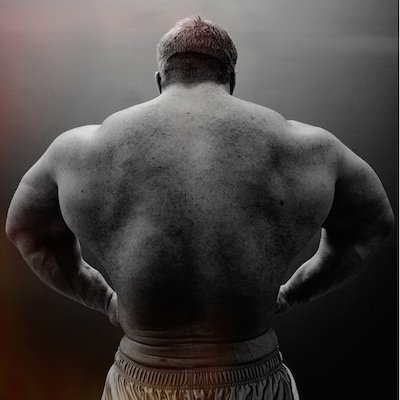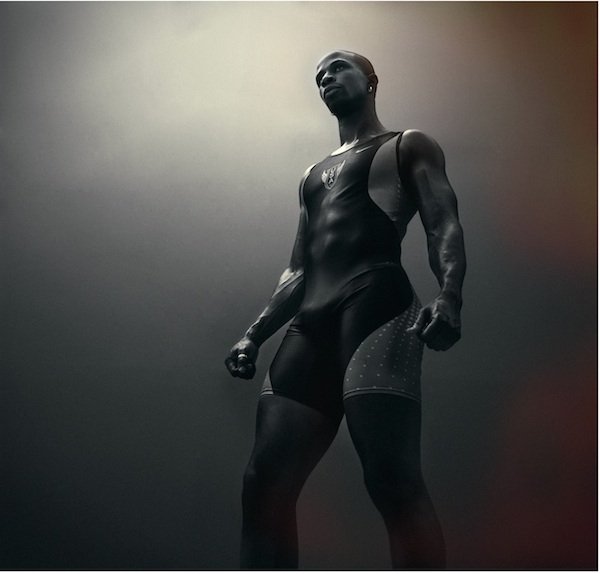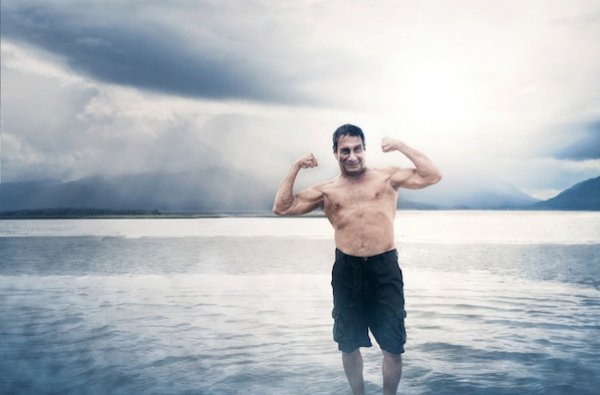Photographer Profile - Hasnain Dattu: "Now when I work, I think, 'Okay, I'm not a machine'"

|
|
|
Over the past 15 years, the Toronto-based photographer built up a thriving career shooting lifestyle and portraits for editorial and commercial clients, including American Express, Microsoft, Pfizer, Energizer, and Visa. “I was shooting a lot for TD Bank, doing about 90 percent of their advertising,” he says. In recent years he’s also been shooting TV spots as well.
Then, about couple of years ago, Dattu decided he needed a break. “I was very busy, working all the time, shooting a big project every week, and I realized I had lost the juice. I was totally involved with my work, but I had lost sight of what my real goal was. So I decided to stop working,” he says.
It’s certainly not uncommon for professionals (in many different fields) to hit career plateaus. Different people handle it differently. Some people find second careers. Some go off and climb mountains. The human spirit can be recharged in as many ways as there are humans, but often it’s a matter of stepping back to see life from a wider perspective. That’s what taking a break meant for Dattu.
“For the past two years, all I’ve been doing is taking care of my kid and cooking and traveling a lot and reading books,” he says. “I’ve been taking photos too, but not for clients. If a client called and asked, I would do it, but my emphasis was on enjoying my life and getting my juice back.”
What he discovered, he says, was why he liked being a photographer, or, rather, what kind of photography he wanted to create. “I realized that storytelling — telling stories about people — is what I like to do,” he says.
Recently, Dattu has been begun weaving his way back to his studio. “I’m getting clients back in,” he says. “I got a call the other day from a fashion editor I used to work with — we actually started our careers together. She had an idea she thought I’d be perfect for. She said, ‘What I like about you is that you photograph real people, but with a fashion aesthetic.’ And that’s really a good description of what I want to do.”
He is also looking to a new and larger market to the south. “Canada has about 30 million people, compared to 350 million in the US. Our reach is relatively small,” he says. “That was another reason I took time out. I was feeling like I was a big fish in a small pond and couldn't stretch anymore. I needed the time to reevaluate.”

He’s been looking for reps in the US, meeting editors and entering contests to get his work seen by a broader audience. His moody portrait of a massive Olympic competitor was selected for the American Photography 31 competition. Dattu’s photos have also been featured by Communication Arts, Photo District News and Graphis.
This time around, he’s approaching his career differently, however. “Now when I work, I think, ‘Okay, I'm not a machine,’” he says. “I have the same level of engagement and excitement, but I don’t lose site of overall goal, my own vision. I don’t shoot just for the client. I think about how to bring the client along on the route I want to go.”
Essential Elements
Dattu’s AP 31-winning image of the Olympic athlete is indicative of his style. The photo came from a series shot in 2014 for CAN Fund, an organization that raises money to help athletes train.
“We did the shoot in a small studio in Toronto. The good thing about shooting in a small studio, especially with a small crew, is that it creates more of a social environment,” Dattu says. “The whole idea of shooting portraits for clients goes out the window and you start relating to each other. At that point you're creating what you want to create.”
For the same reason, Dattu started the project by having the athletes write down what being an Olympian meant to them.
“Once they wrote it down, we sat and talked about it, and that allowed me to understand the idea of what it was we were trying to capture,” he says. “The one thing that came through from all of them is that being an athlete is not just about competing; it’s about every aspect of their lives — the regimen of being the best and always striving for something more. That resonated with me.”

The shoot itself was a simple affair: “It was one light, one camera and three
backdrops. There were no makeup artists. Just the athletes, me, and one assistant,” Dattu says. “I chose to shoot them in black and white to emphasize the shapes of their bodies. Then I
added a bit of color on top of that to give the black and white a bit of depth.”
The central idea, he says, was to strip the images down to their essential elements. “That treatment allowed me to capture more of my own feelings about the subject,” he says. “To me, these people were like mythological gods. I wanted there to be a sense of mystery, to make viewers wonder, ‘Who are these gods?’”
Trying Something New
Dattu’s family immigrated to North America from East Africa in the early 1970s, when Ugandan dictator Idi Amin ordered the expulsion of the country's Asian minority. “Toronto is very much a multi-cultural environment,” he says. “I am Indian from East Africa, with a lot of British influence.” He came to photography after first wanting to be a lawyer, as was his brother: “I love meeting people and talking to them, and I thought, ‘Lawyers get to talk to a lot of people.’ But then I took an art class in high school, and that changed everything. My teacher made me realize that art could be about people.”
After assisting a number of Toronto photographers, including Chris Nicholls and Deborah Samuel, Dattu launched his own career shooting fashion. Later, after marrying, he relocated to London for two years. “The market there was very different from what I had encountered in Canada, and I thought, ‘What am I doing wrong?’ Editors said my stories were more lifestyle than fashion, so that’s when I changed direction,” he says.

Dattu sees differences between the Canadian market and the US market as well.
“I find the approach in the US is very different,” he says. “In the US, the goal from clients is to always try something new, something interesting. In Canada clients play it a
little safer. As I said, we have a much smaller population here, so if an ad ticks off 10 percent of the viewers, that’s a big chunk of people.”
He worked at refining his portfolio with New York-based creative consultant Karen DSilva, who, says Dattu, helped him understand what kind of photography he needed to focus on.
“She said, ‘Oh, you need to pare down your portfolio.' She filtered out what she called vacuous stuff — beautiful images that weren’t about me,” Dattu says. “I was storytelling, but I was telling the client’s story, not one I wanted to tell.”


